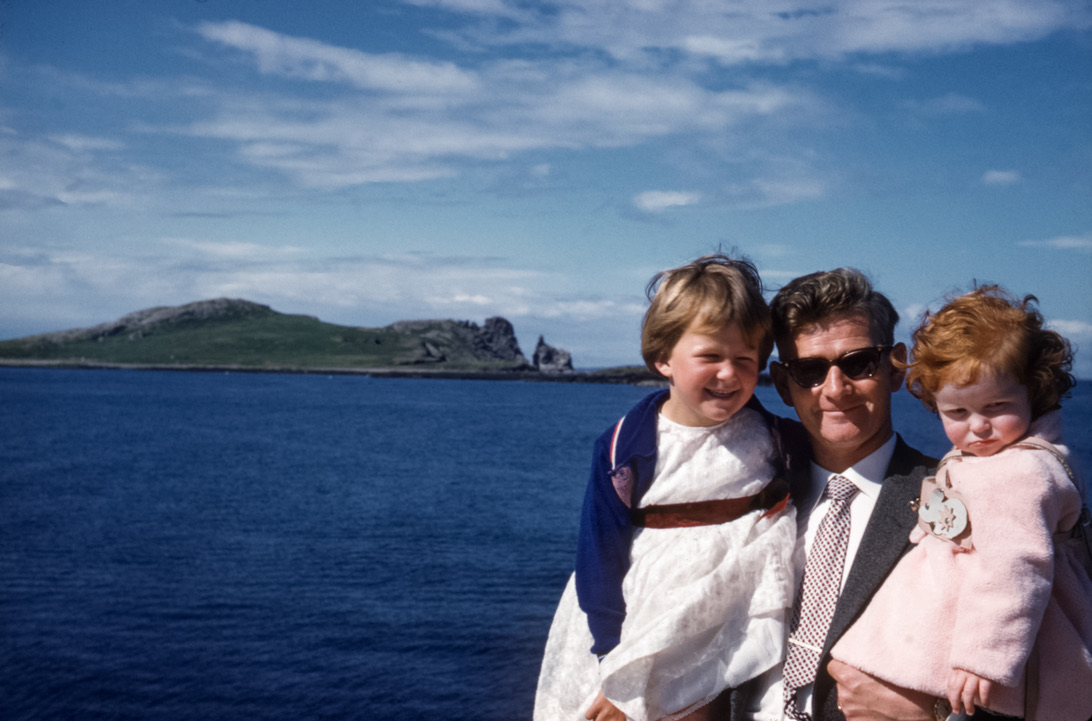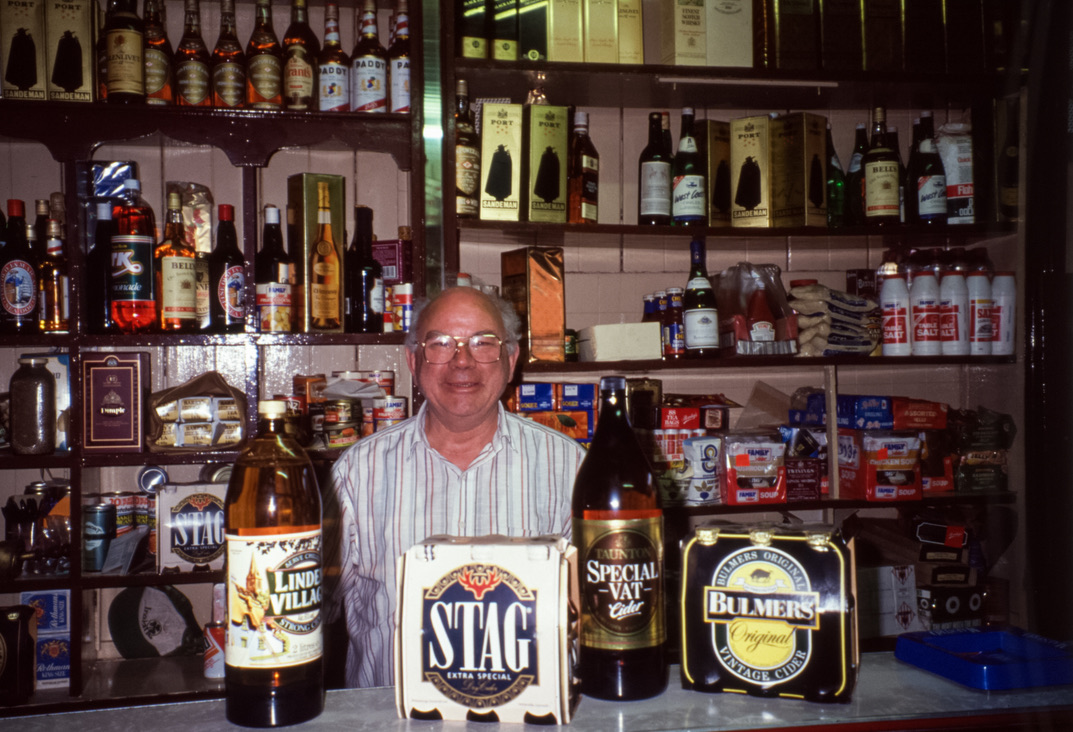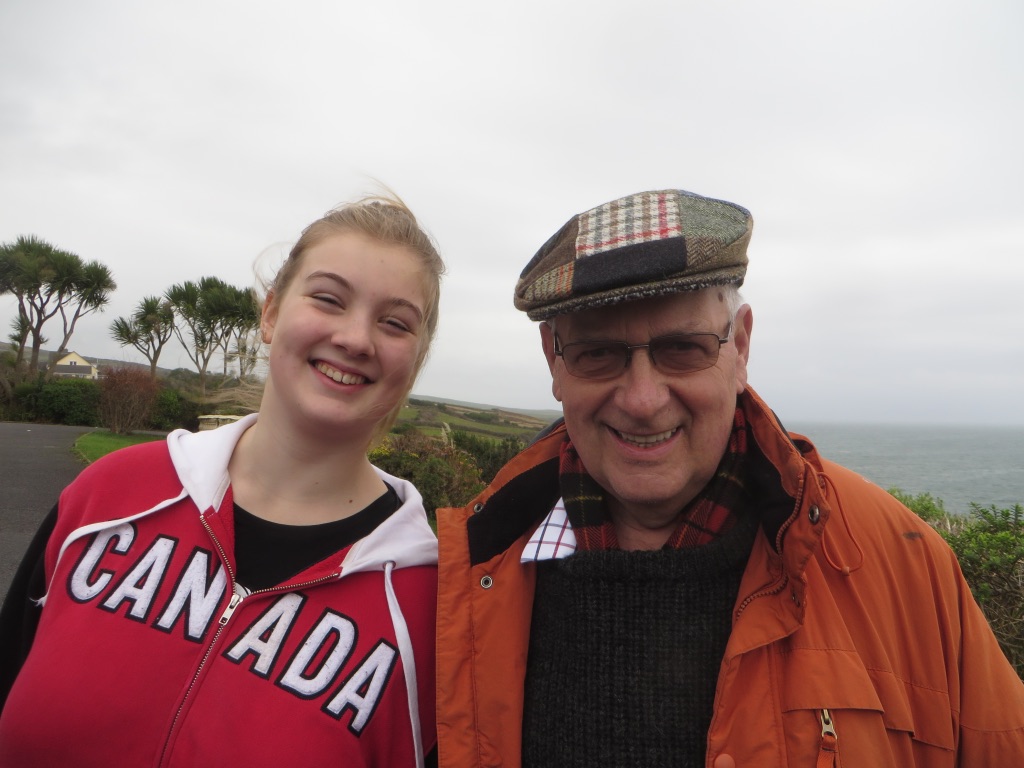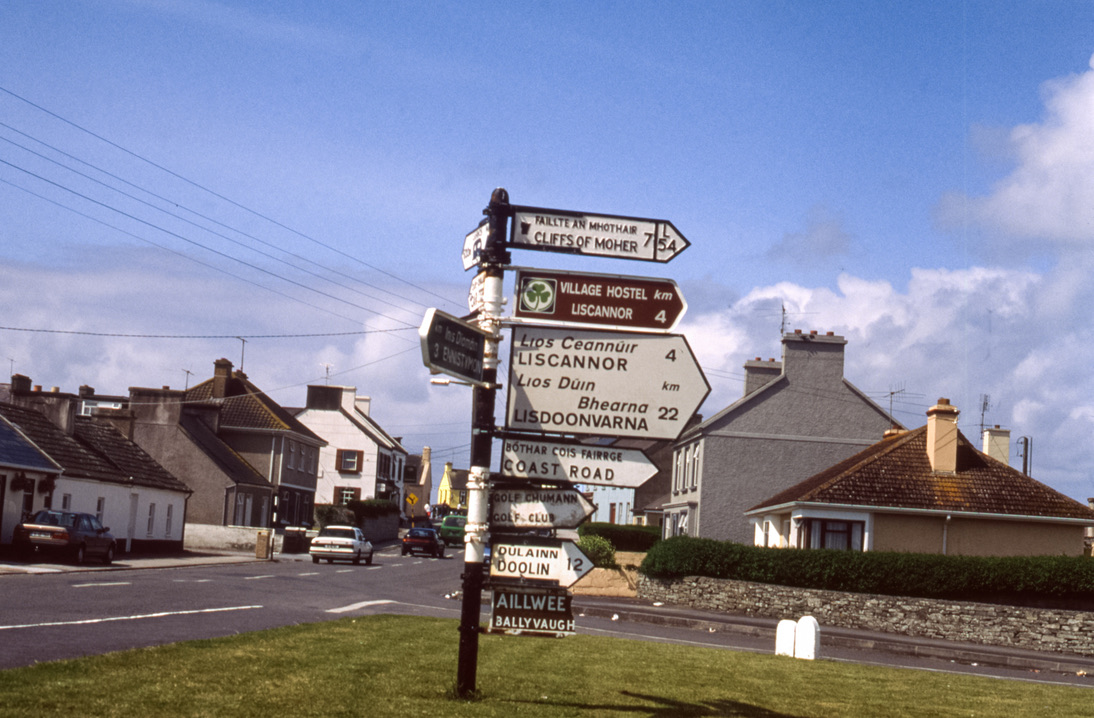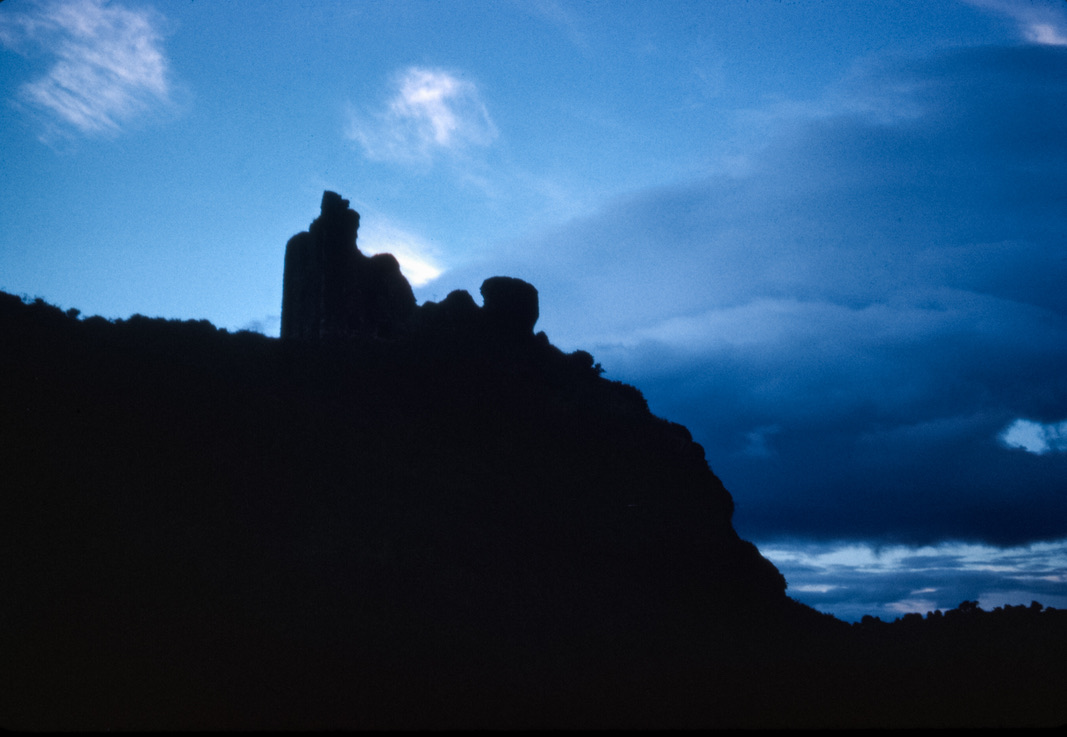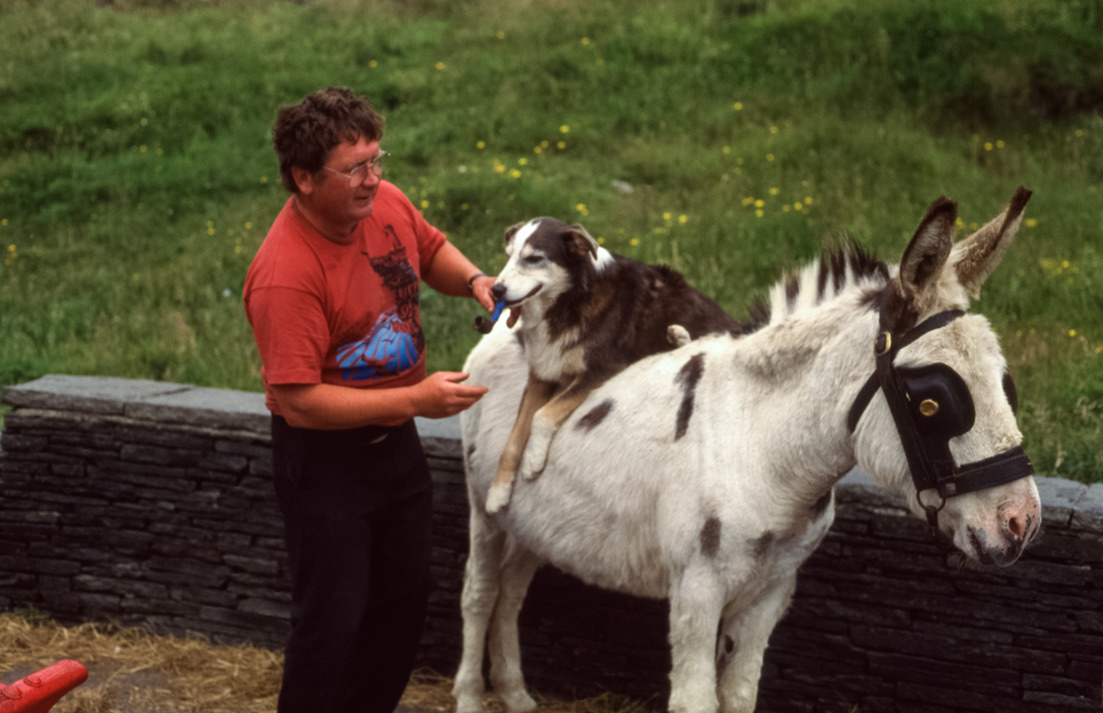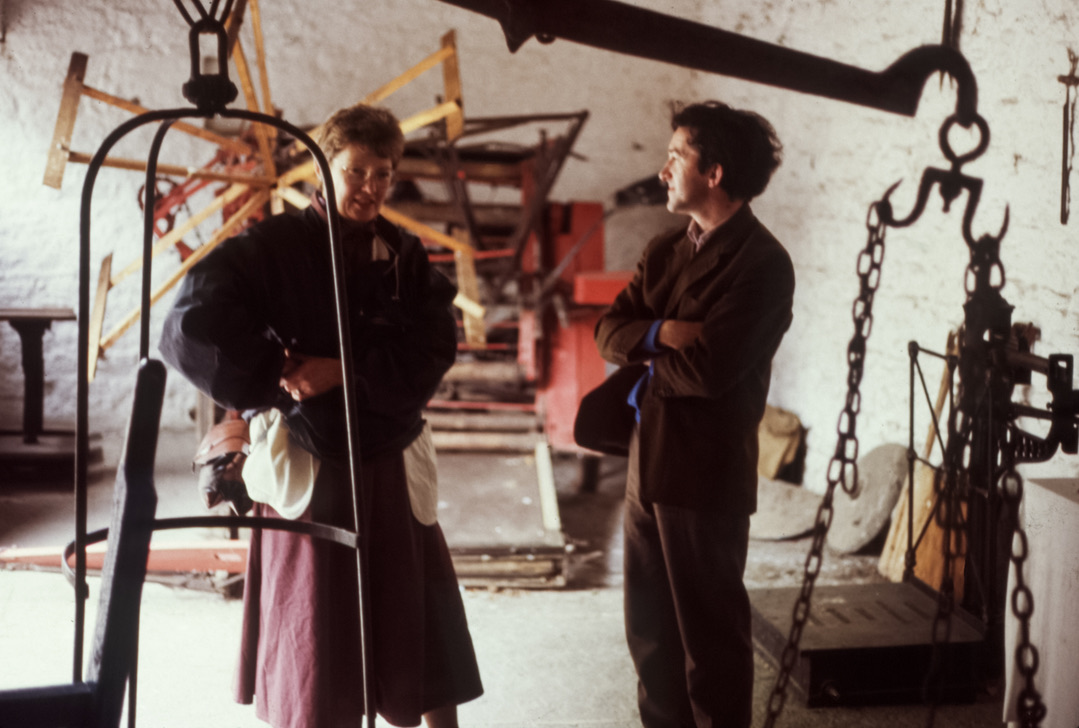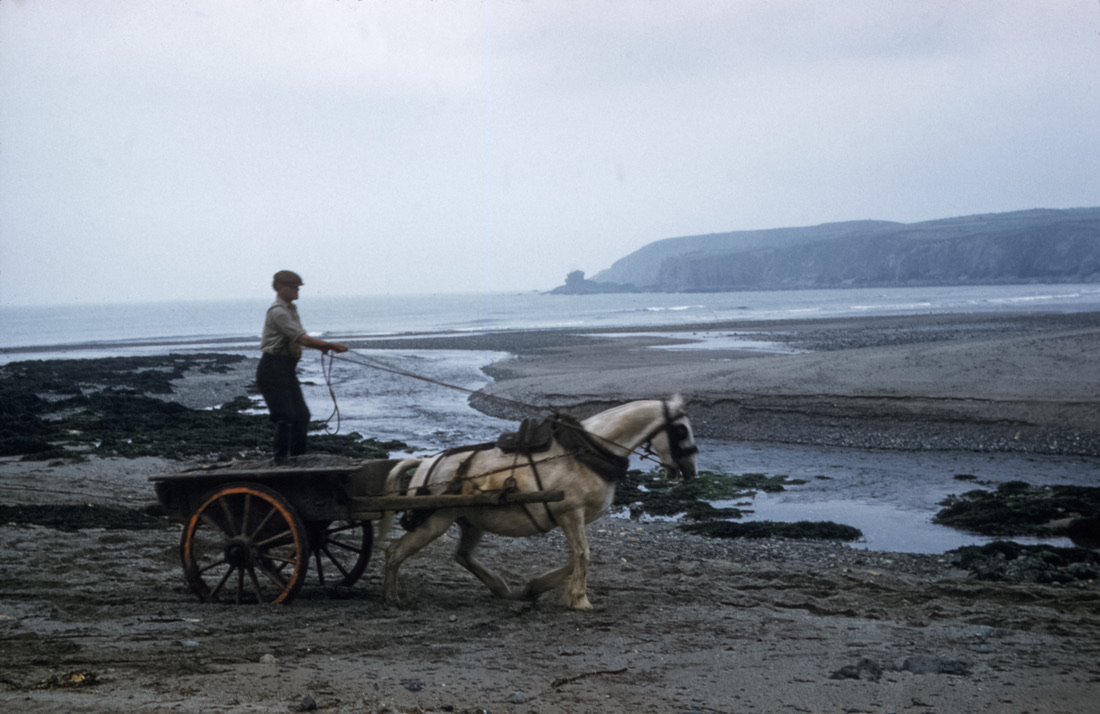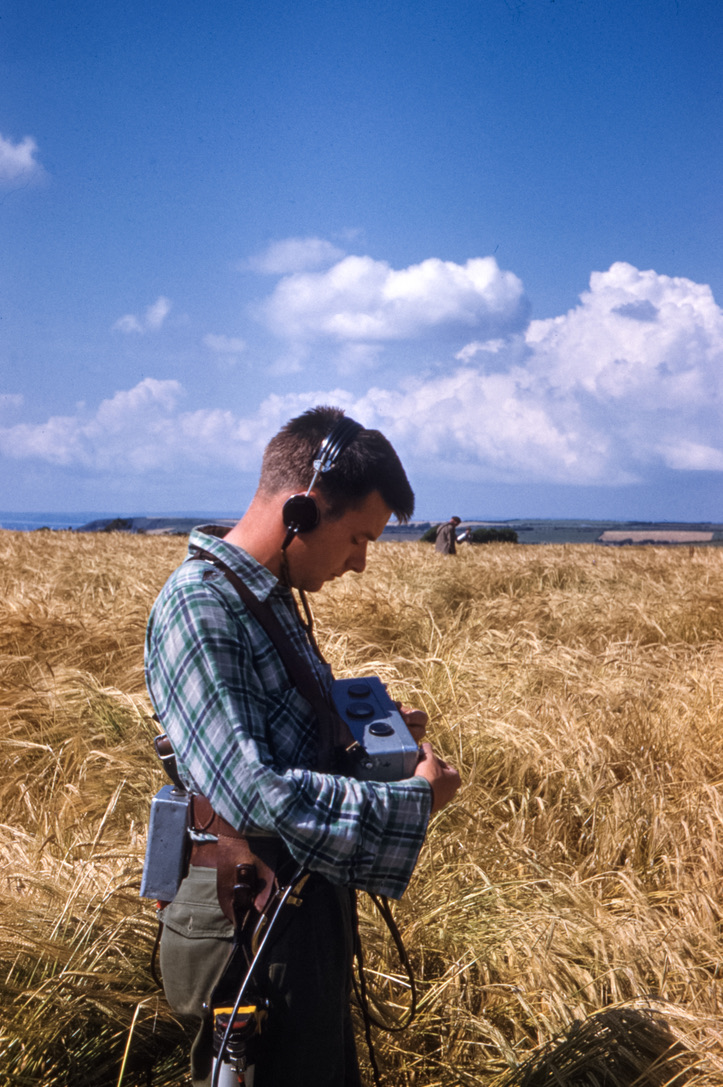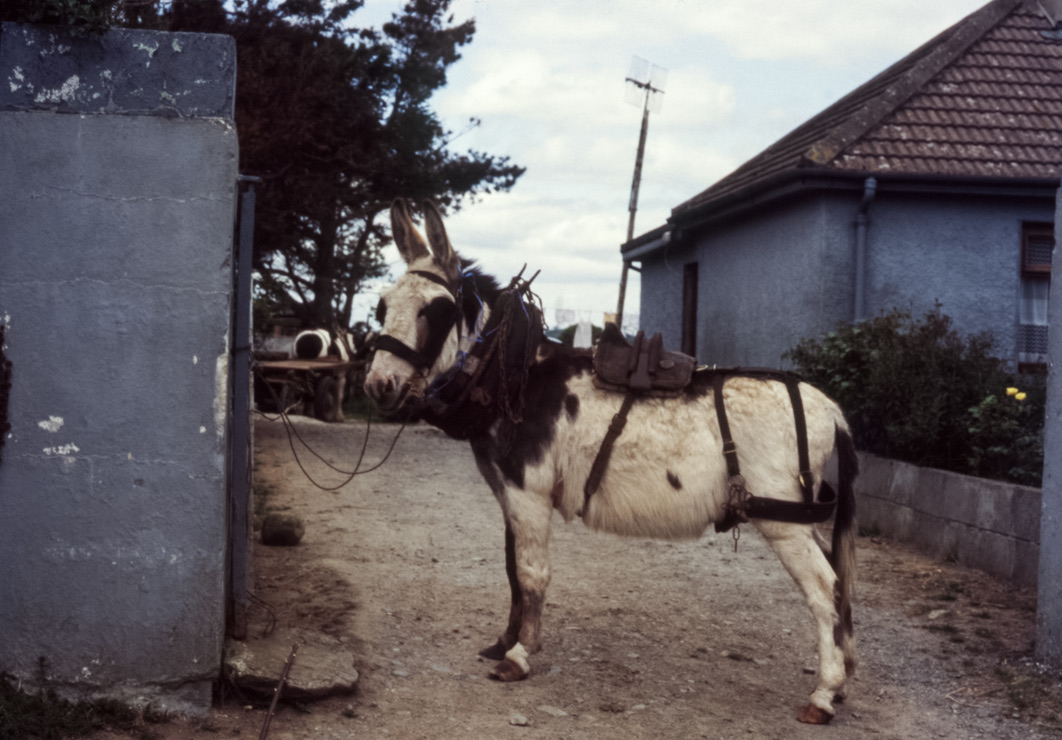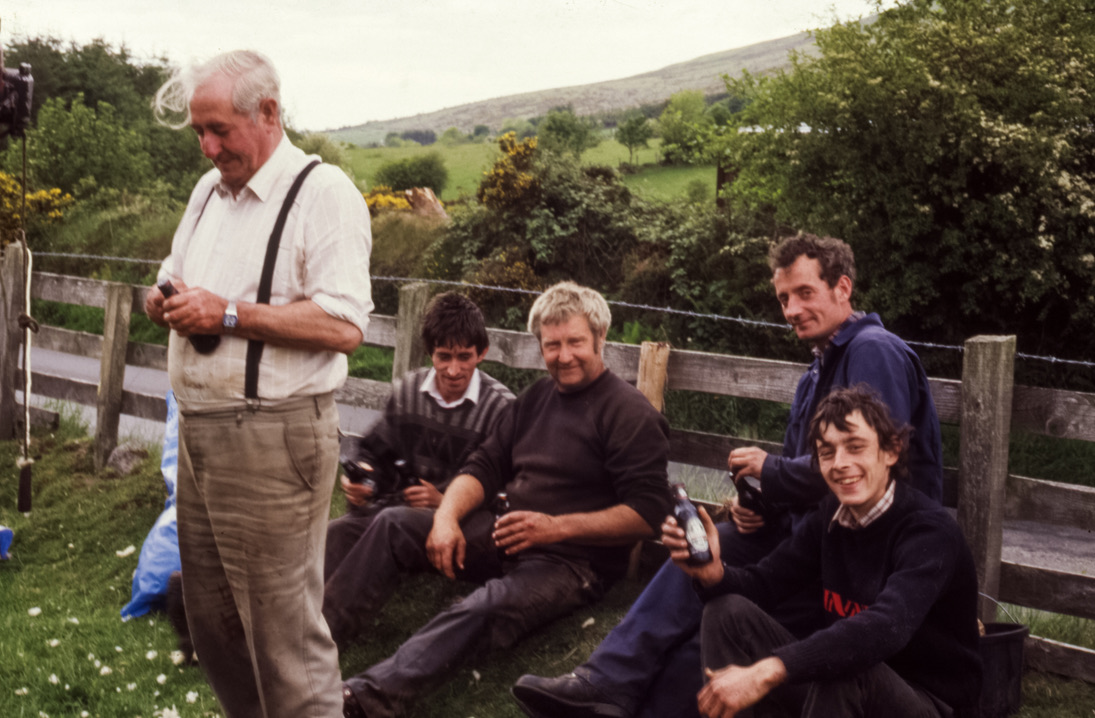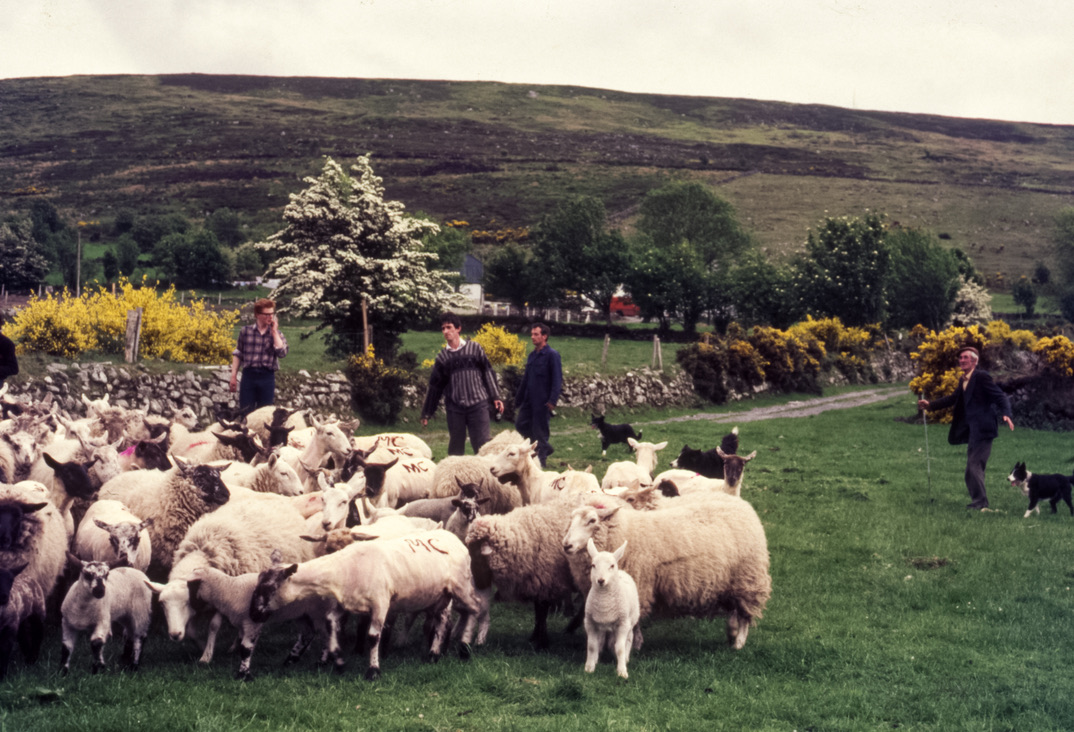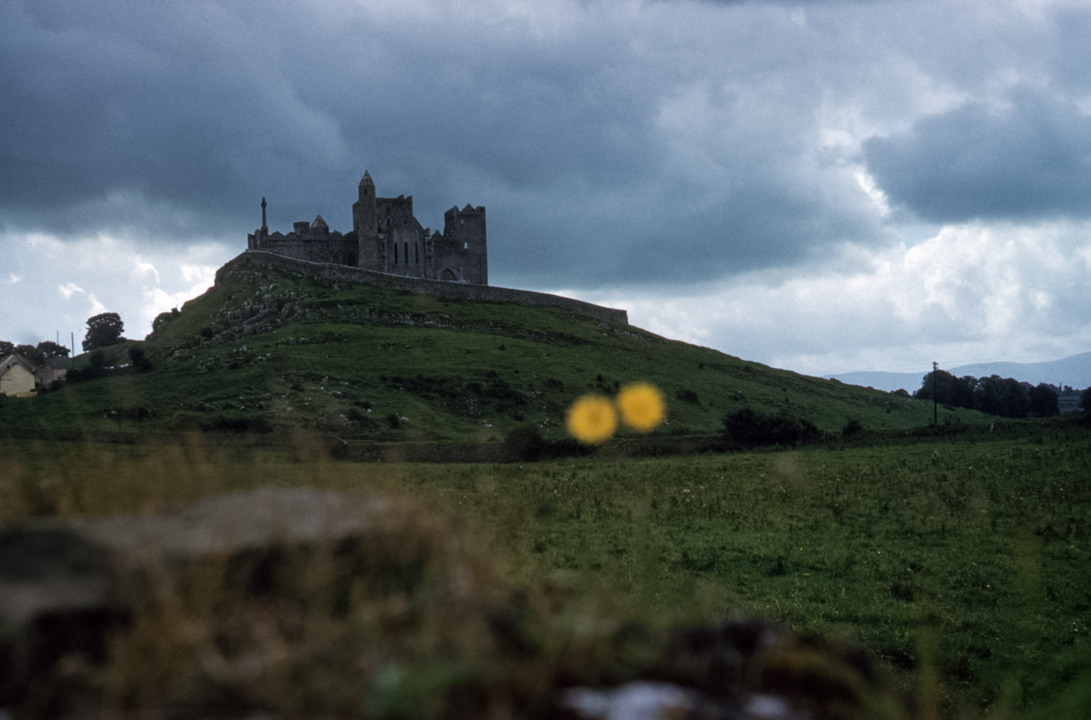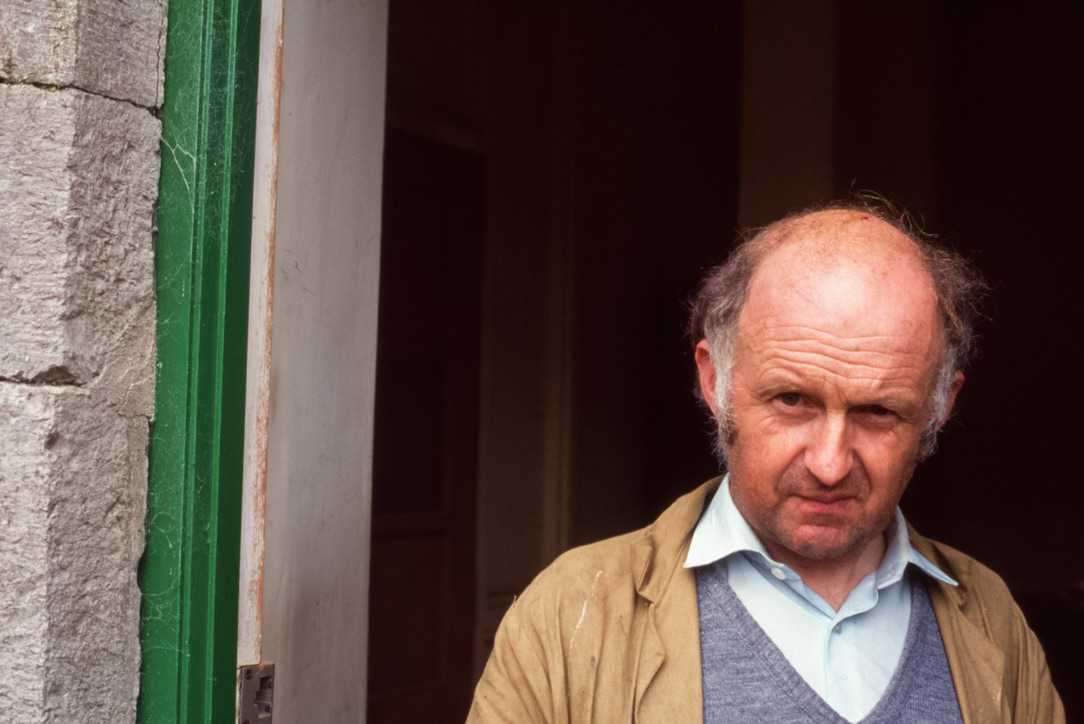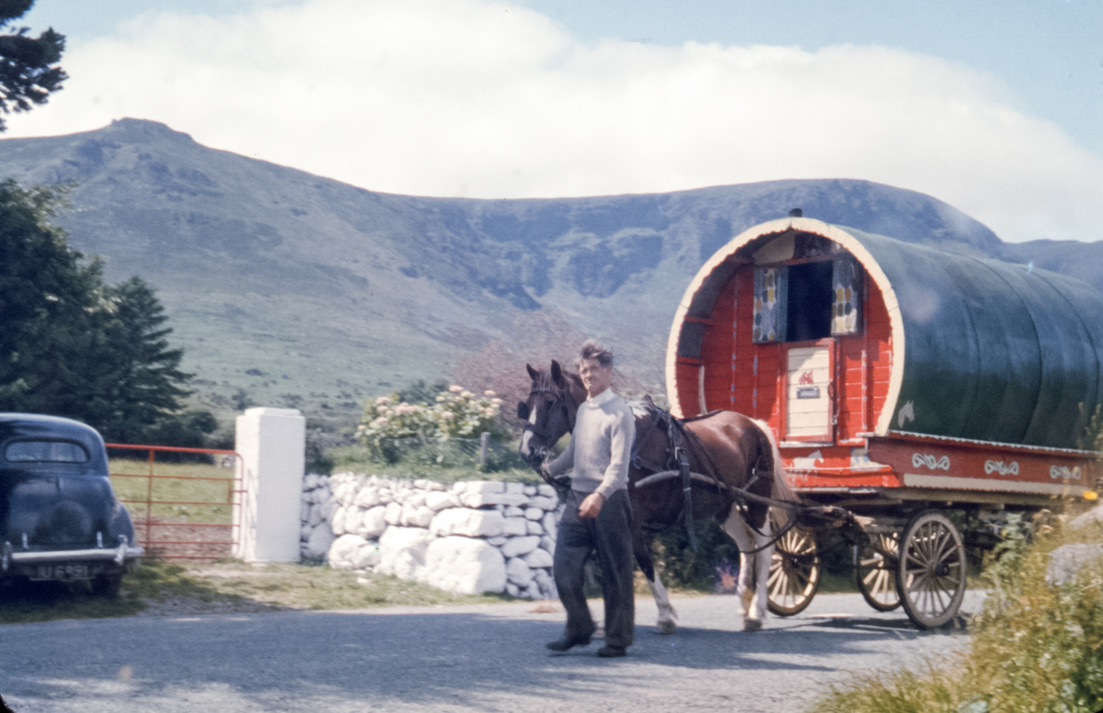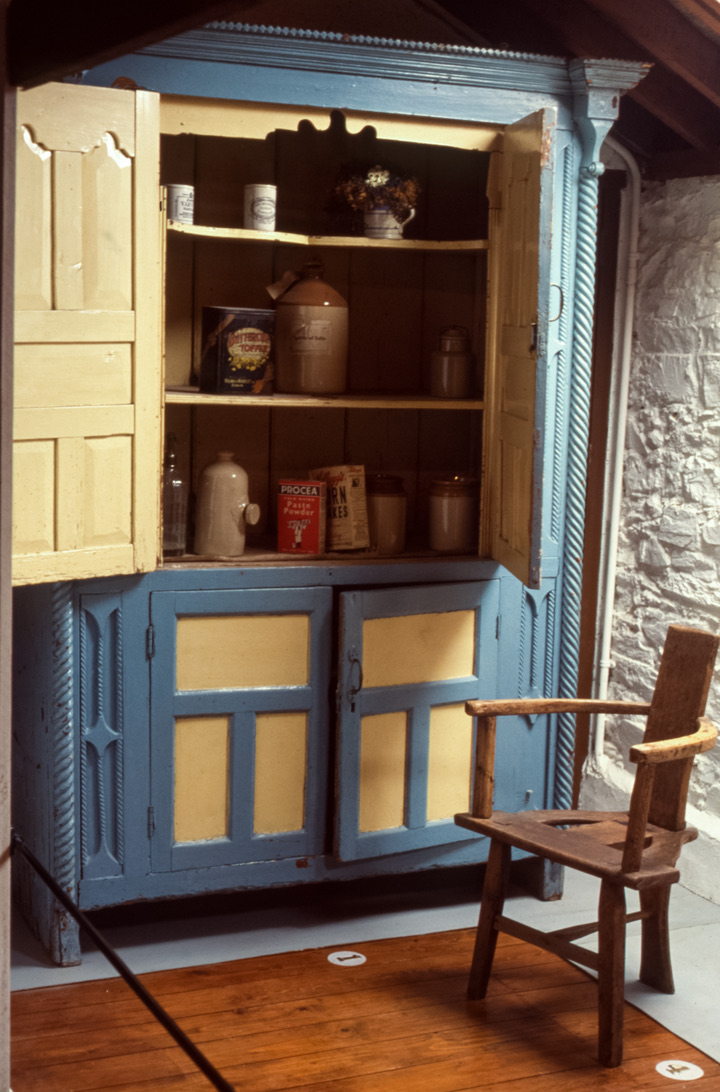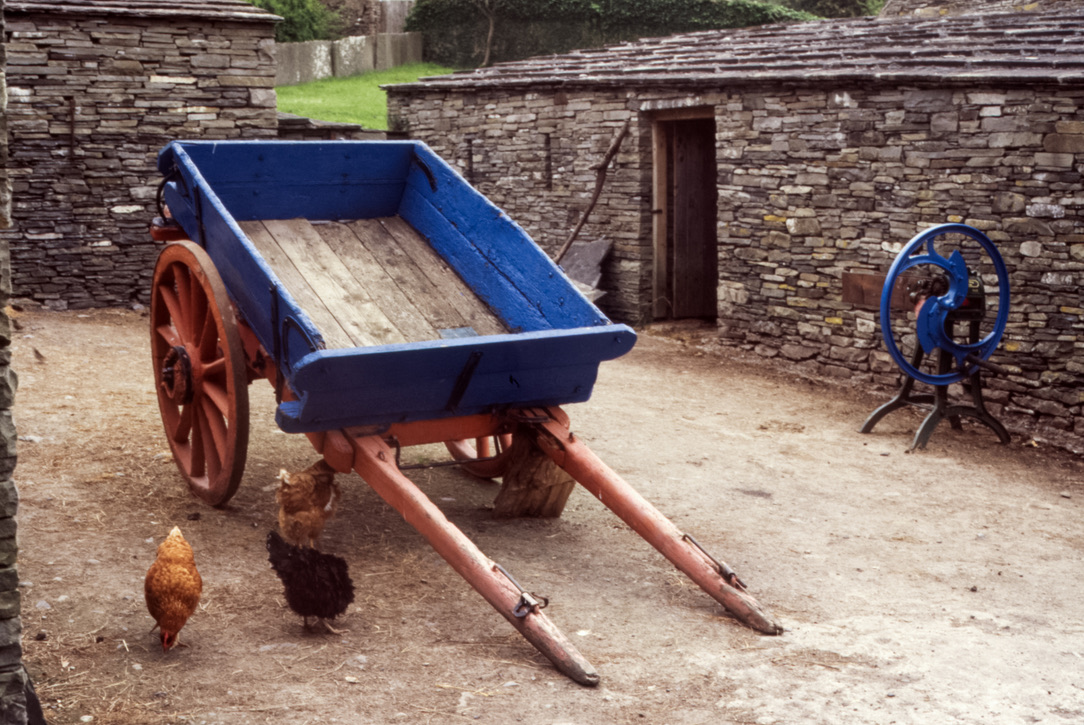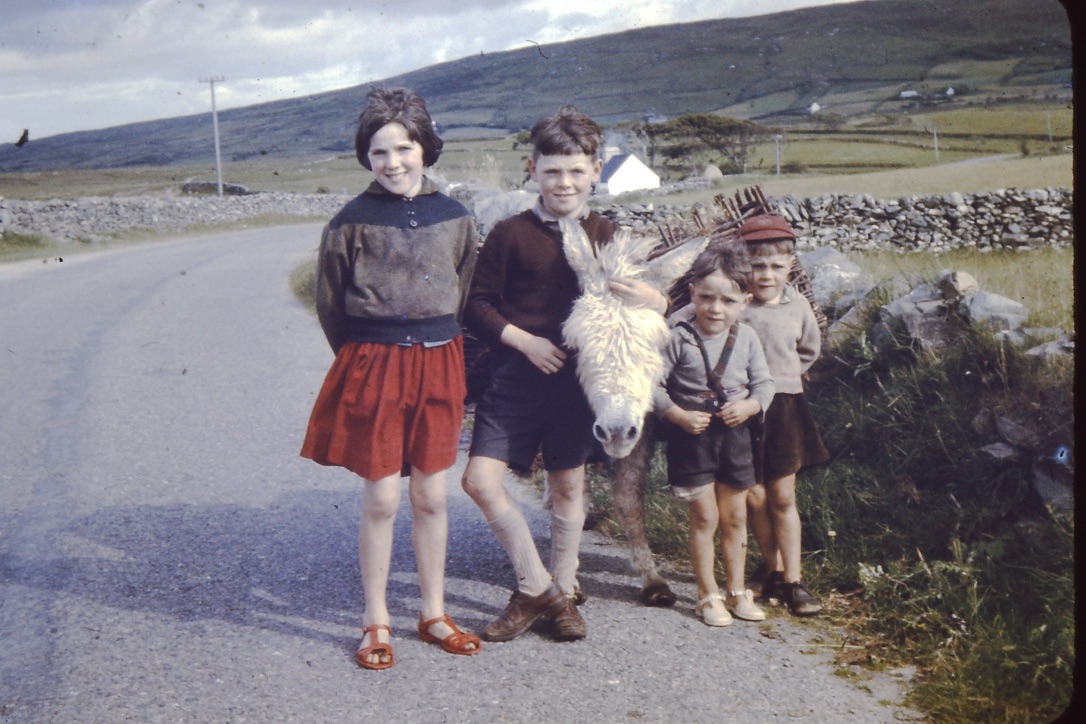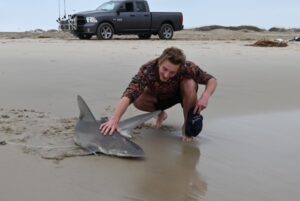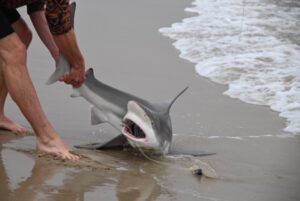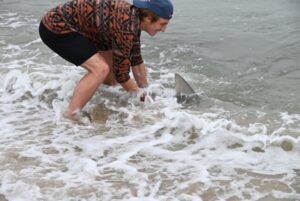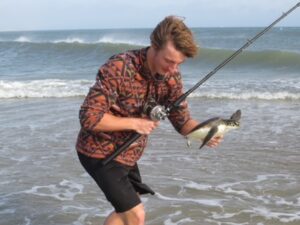NOTE: GARDENING TIME IS HERE ….DREAM TIME IN JANUARY … ATTACHED IS A DESCRIPTION
OF THE 3 KINDS OF PLANTINGS FOUND WITHIN WALLED GARDENS. circa 1900. SORRY, I CANNOT FIND
MY SOURCE.
EPISODE 514 THE KITCHEN GARDEN, FRUIT GARDEN, FLOWER GARDEN, CIRCA 1900 (Great World exhibition of 1851, Eywood Courtgarden circa 1900)
alan skeoch
january 16, 2025
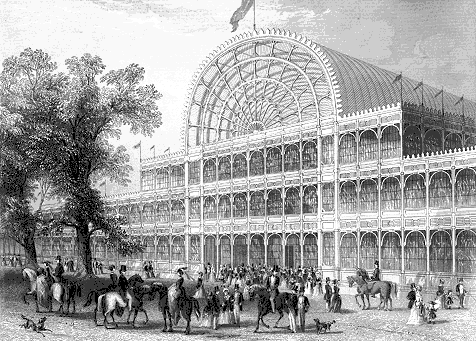
Gardening BEcame enormously popular in the 19th century. All kinds of
gardening from the grand sweep of landscaping to the presence of
walled gardens. In 1851, Queen Victoria gave gardening a major boost
with a world’s fair that featured an enormous glassed greenhouse. Large and
small copies of this glass house started to appear in country house
“kitchen” gardens.
I have already shown you the ruins of the main glass house at Eywood Court
and also the still functioning fruit garden attributed to our grandfather Edward
Freeman, head gardener.
In the course of research I found an excellent article on Kitchen gardens
which is quoted below Unfortunately I lost the source. I have Repeated some
photos of the Eywood Court walled garden which still exists.

Edward Freeman’s gardeners circa 1900 using a pin hole camera. This includes
the ‘gardeners boy’ just entering the 15 yr apprenticeship. Head Gardener, Edward
Freeman is the man with the watch fob.

The surviving glass house at the Eywood Estate circa 1965. Grandson of Edward Freeman, Eric Skeoch,
is admiring the work of his grandfather.
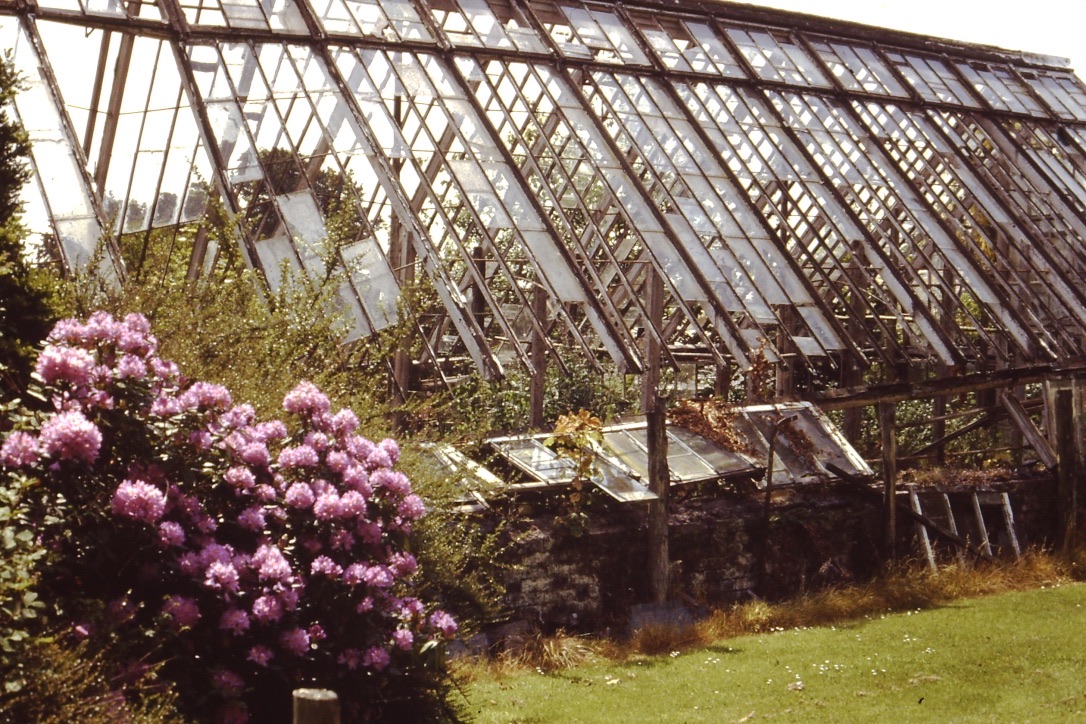
Ruin of the flower garden glass house, circa 1960.
Botanical science and gardening came together in the 18th century. English scientists and other plant collectors
scoured the world for new plants and brought them to England. Some say they numbered 5,000 different plants.
Head gardeners in the Country Estates were pressed to provide new plants by their owners. Head gardeners did
not need that push as they were naturally interested in plantings that were different…novel. To do so they needed
the micro-climate that could be created by high brick walls that would conserve heat. Then came glass houses…greenhouses.
Many of these new plants were edible. Peaches, nectarines, oranges, lemons, pineapples needed heat to
flourish so glass greenhouses were constructed. Features 1) the search for new plants 2) walled gardens
These high brick walls also discouraged plant thefts. Have you ever stollen apples from an orchard?
HEAD GARDENERS
The growth of gardening in the 19th century encouraged the development of a special class of
gardeners….called head gardeners who became an integral part of self-sufficiency and love
of the exotic plants on the great estates. Head gardeners were not well paid according to most
sources but research done by the Downton Abbey film said that head gardeners earned around what would amount
to $1,000 per month.
Our grandfather was head gardener at Eywood Court for several years around 1900.
Perhaps 6 to 7 years. Not long but enough time to leave his marks on plant tags in the Wood Court
glass houses. spelling is correct…Eywoood not Haywood.
HAMPTON COURT KITCHEN GARDEN
Within the walled gardens were three kinds of gardens.
1) the Kitchen Garden would provide vegetables for the estate cook.
2) The Fruit Garden would provide exotic varieties of fruit normally impossible in the English climate
3)) The Flower Garden grew plans that would enhance the beauty of the estate.
Gardening
Gardening (Brit. /ˈɡɑːdnɪŋ/, /ˈɡɑːdn̩ɪŋ/; U.S. /ˈɡɑrd(ə)nɪŋ/), as stated in the Oxford English Dictionary, is the action or practice of cultivating or laying out a garden (horticulture). Although gardening had been practiced before, it rejoiced in a rising popularity in eighteenth-century Europe with a special interest in it arising in Britain.
In his publication The Husbandman and Tradesman’s Gardening Calendar from 1791 author John Fallowfield gives a plethora of instructions on how to find the best location for a garden, which soil to pick and how to trench it in order to gain the most profit from it (cf. 7f.). Furthermore, he includes precise measurements regarding the walls of the ideal garden or the walks around it (cf. The Husbandman 8).The change from gardening being seen as a kind of art to being viewed as a science is also mentioned by George William Johnson in his article On the progress of gardening in England during the 18th century. He states that by adopting the classificatory system of Carl Linnaeus into his book The Gardener’s Dictionary author Philip Miller crossed the boundary between the practice of gardening and the science of botany (cf. 151). Thus, combining the two, gardening was enriched by the scientific systems and discoveries of botany and became a science itself (cf. ibid).“during this [c]entury above 5,000 new [exotic species] were introduced”. The books on gardening also mention different techniques used in gardening as for example cultivating on hot-beds, in hot-houses or in green-houses.
Types of Gardening
Kitchen gardening
Kitchen gardening represented a great part of the practice of gardening itself. As already mentioned, there was a great variety of vegetables and herbs which were discovered and cultivated throughout the eighteenth century. In The Husbandman and Tradesman’s Gardening Calendar Fallowfield mentions for instance peas, beans or lettuce, of which the seeds should be sown in February (cf. 12). Moreover, he includes cauliflower (cf. ibid 12), carrots and chives (cf. ibid 14) amongst many others. John Abercrombie even gives advice on how to grow melons (cf. Every Man 1ff.) which shows that the British gardeners did also engage in cultivating more exotic plants in their kitchen garden.As well as of a general garden, the formation of a kitchen garden was not perceived as something that could be performed coincidentally. According to John Fallowfield “the width of beds in kitchen [g]ardens, ought to be four feet; the vacancy, or alley between them, one foot” (The Husbandman 9). It becomes apparent that an important condition for successful kitchen gardening was detected in leaving enough space for the plants to grow (cf. ibid) and being very careful and aware of all the necessary details as for example the weather, temperatures and seasons. In addition Fallowfield considered the most important practices of kitchen gardening “good digging, and manuring the foil” (The Husbandman 9).
Fruit Gardening
The arrangement of a fruit garden and the activity of maintaining it can be perceived as being symptomatic for the situation in eighteenth-century England. As John Fallowfield mentions in his book, “all our [the English people’s] fruit-trees are principally natives of a warmer climate” (The Husbandman 8) which draws a connection to the culture of travelling that developed and increased throughout the century. It can be assumed that travellers did not only bring material commodities for instance in form of clothing or jewellery but also foreign fruits or seeds from their journeys. In this regard, the fruits can be considered as having been of a special and exotic character which might have had the effect that the possession of a fruit garden was also a sign of a certain wealth, depending on the kind of fruits inhabiting it.An important part of the domain of fruit gardening was the plantation of trees which were mostly advised to be planted against walls, espaliers or orchards (cf. The Husbandman 8f.). It was perceived as very influential where the trees were located, as the fruit of different kinds of trees would grow better on different sides of the tree (cf. ibid 9). Some of the most mentioned fruits cropped from trees were apples, pears and apricots as well as cherries and plums (cf. ibid 11,13). Furthermore, winegrowing (cf. Everyman 21) and the cultivation of strawberries (cf. The Husbandman 16) can be perceived as having been favoured in the eighteenth century. Pineapples (cf. The Complete Kitchen Gardener 407), oranges and lemons (cf. The Lady’s Recreation 111) serve as examples for the English gardener’s interest in more exotic fruits as well as their ambition to conquer new realms.
Figure 3 A botanical drawing of a pineapple from the 18th
century. It was one of the favoured exotic fruits in England.
Flower Gardening
the flower garden represented a realm of pleasure rather than a place for growing plants that were useful for a household. However, it becomes apparent in the number of advisory books that flower-beds and shrubbery still required intense, consistent and attentive care in order to achieve good results. The Husbandman and Tradesman’s Gardening Calendar offers several paragraphs focusing exclusively on the cultivation of exotic plants and flowers which shows that These, as well as the already mentioned fruits, were commodities brought into the country by the numerous travellers of the century. Some of the plants which can be assumed to have been typically cultivated, as they are mentioned frequently, are hyacinths and tulips (cf. The Husbandman 27) as well as auriculas (cf. ibid 17). Furthermore, much of the flower gardening was practiced by using hot-beds and greenhouses. For instance, Philip Miller suggests planting annual flowers as well as tuberoses on hot-beds (cf. Gardener’s Calendar 33) while coffee trees, jasmine and gladioli should be kept in a greenhouse or stove (cf. ibid. 17f.).

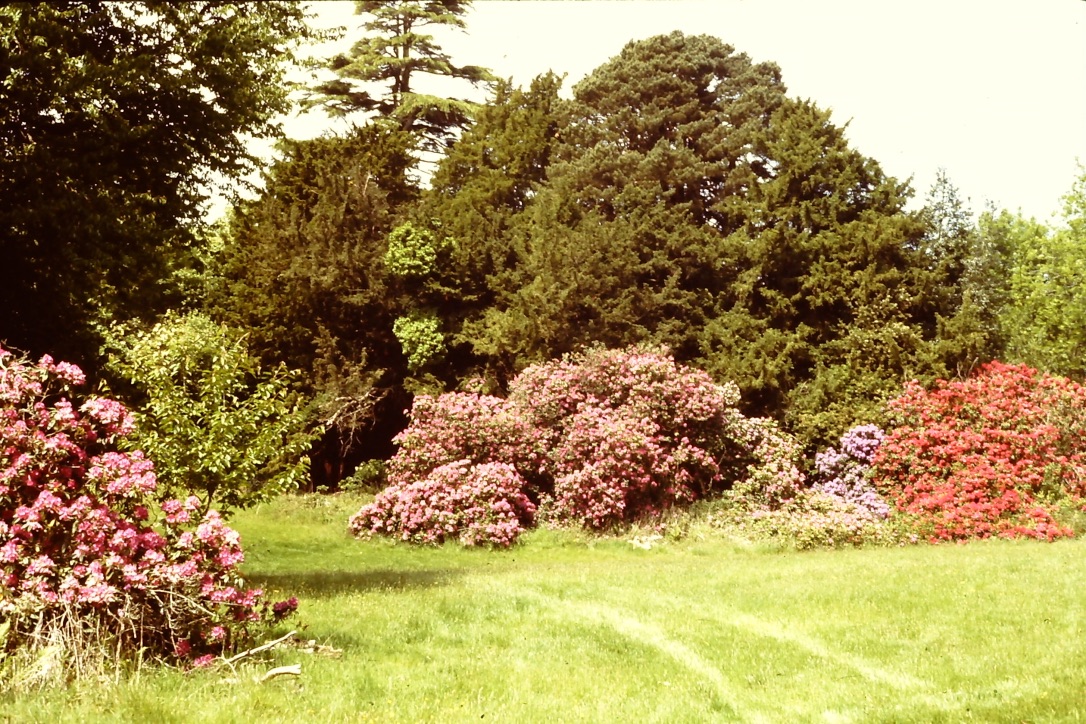
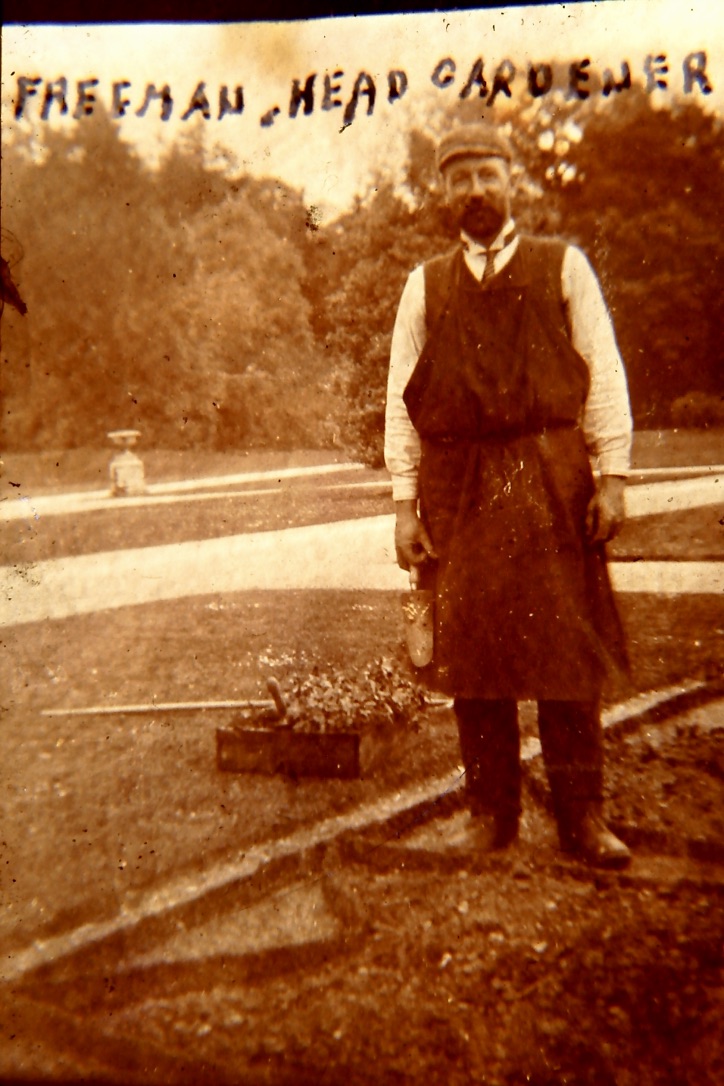
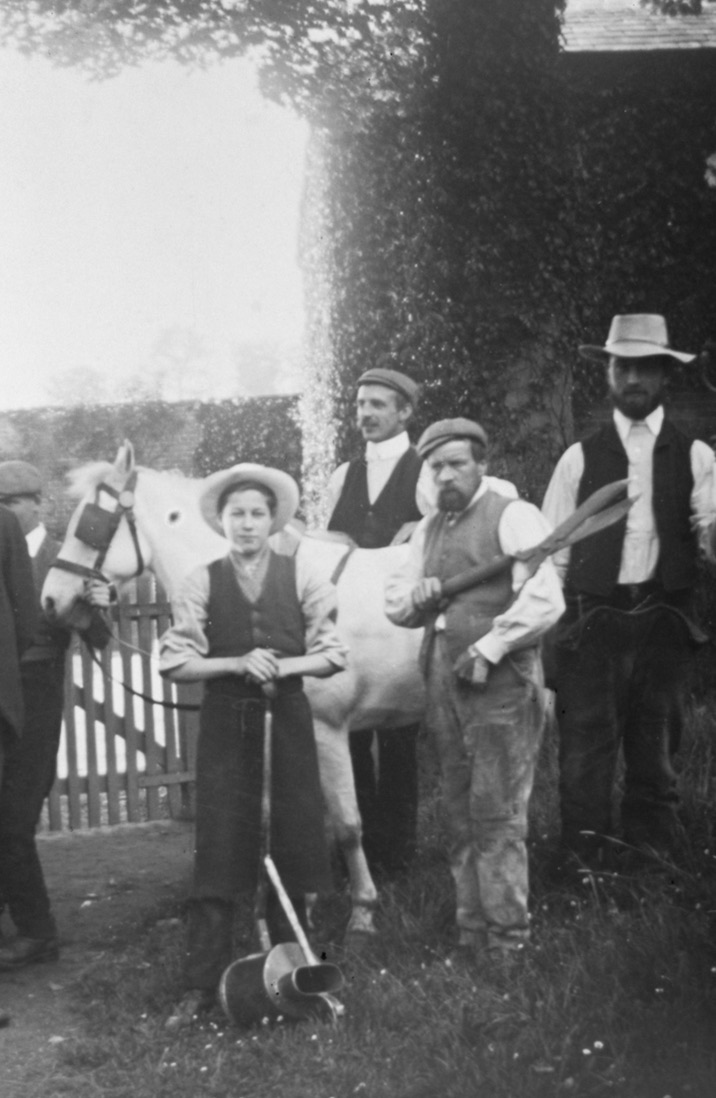


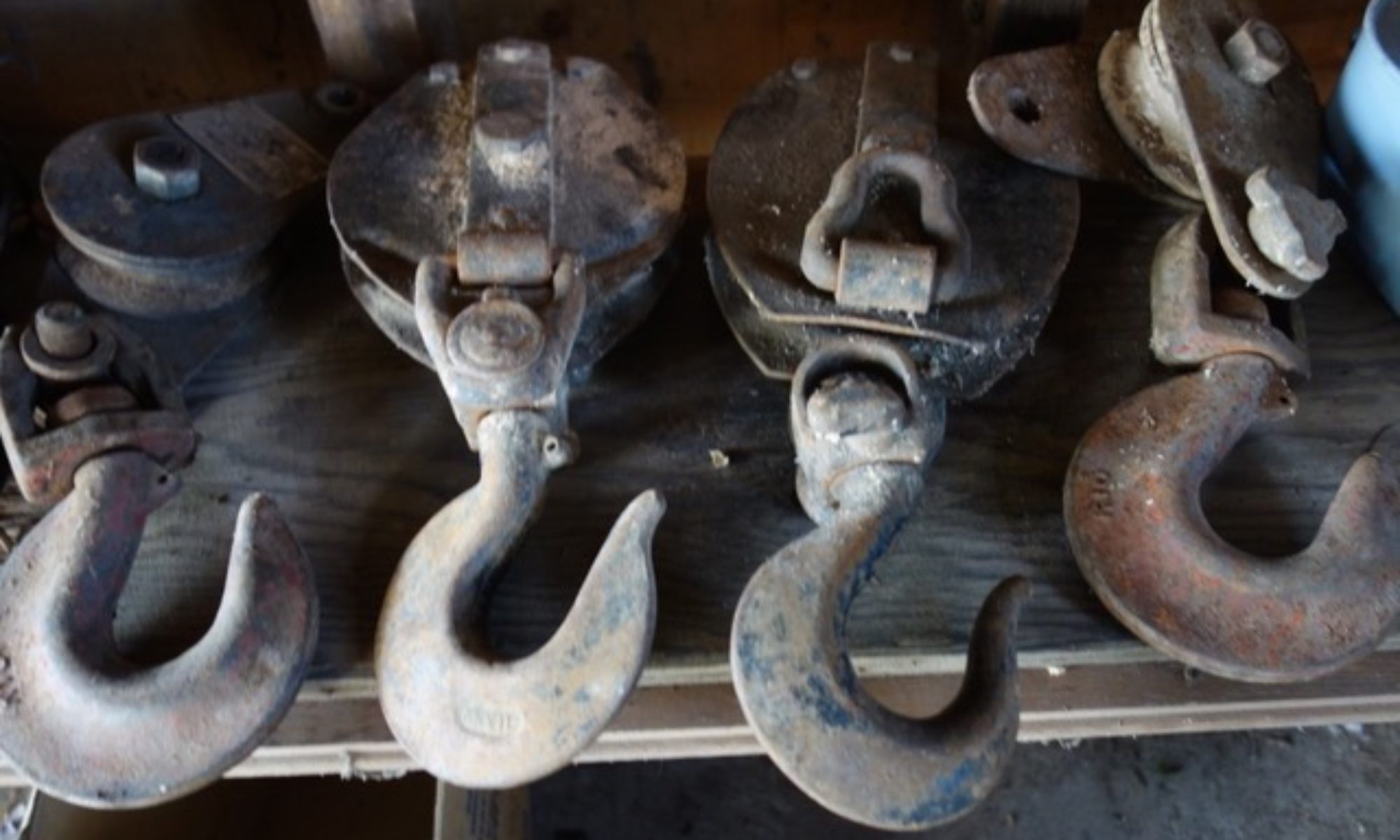

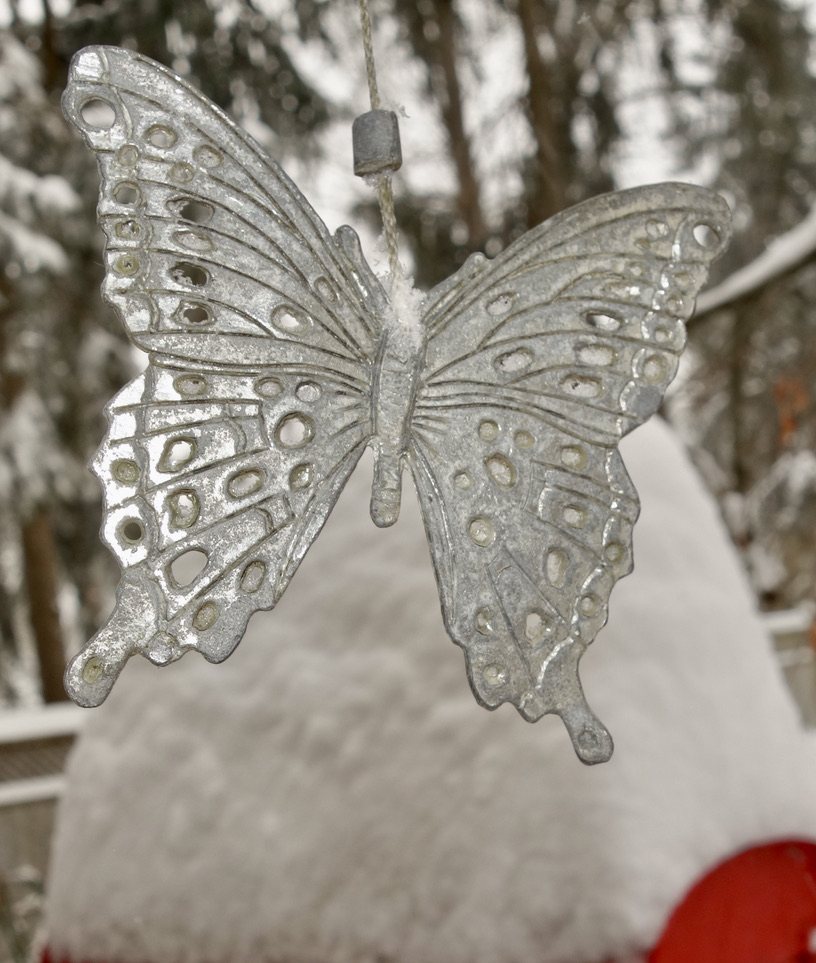
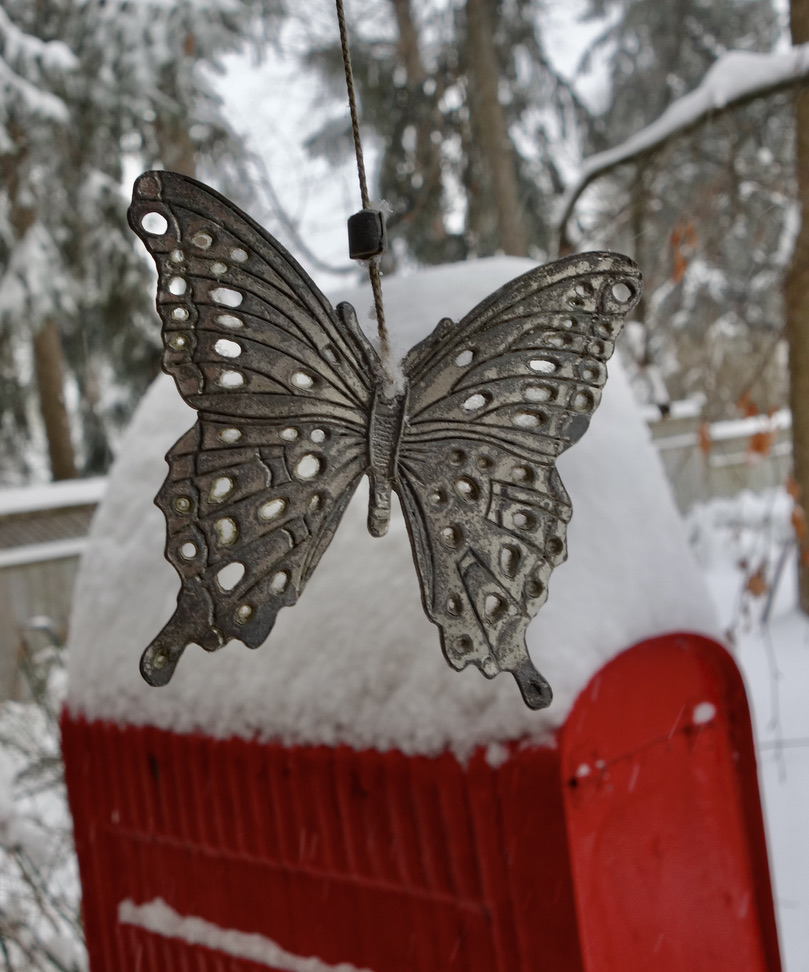

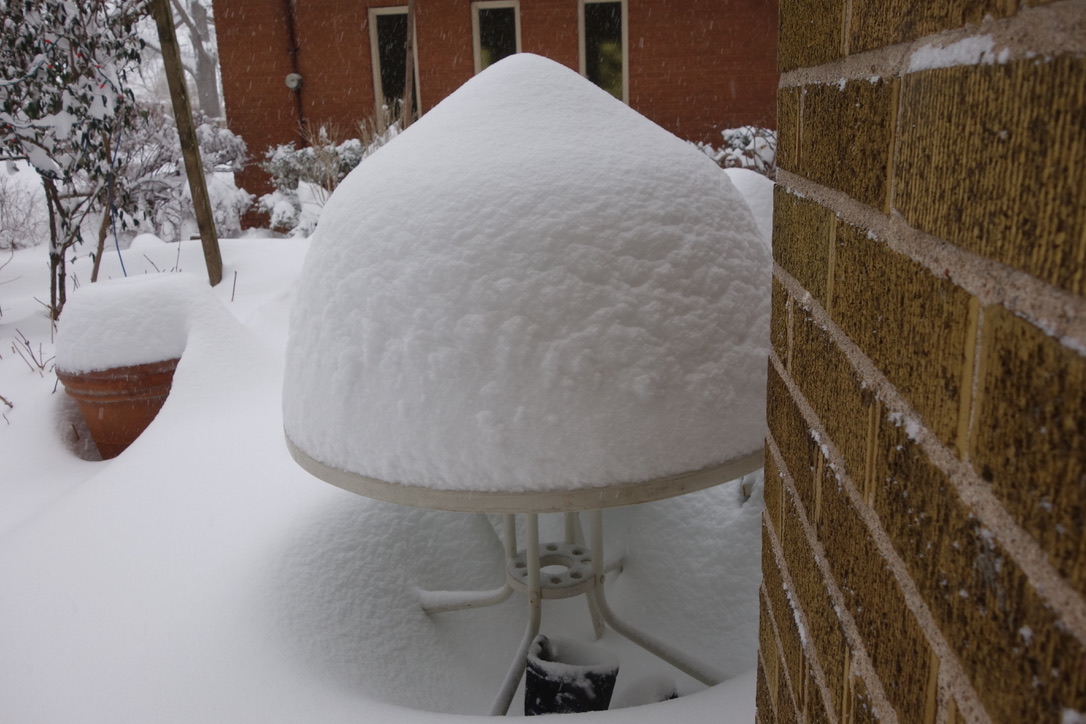



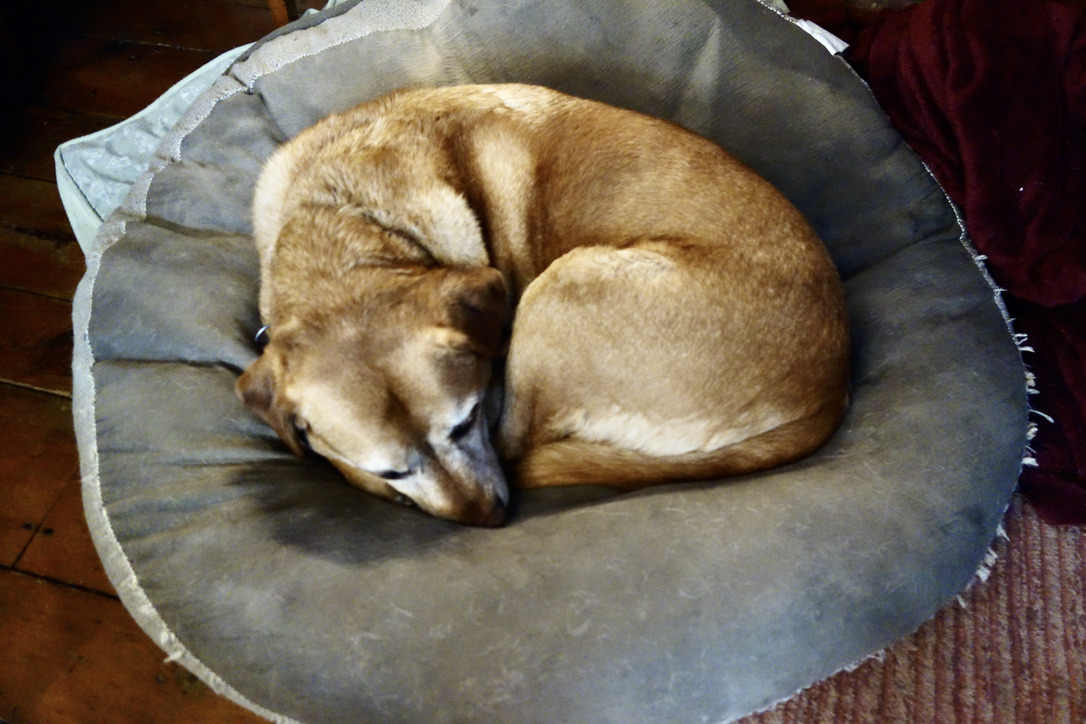

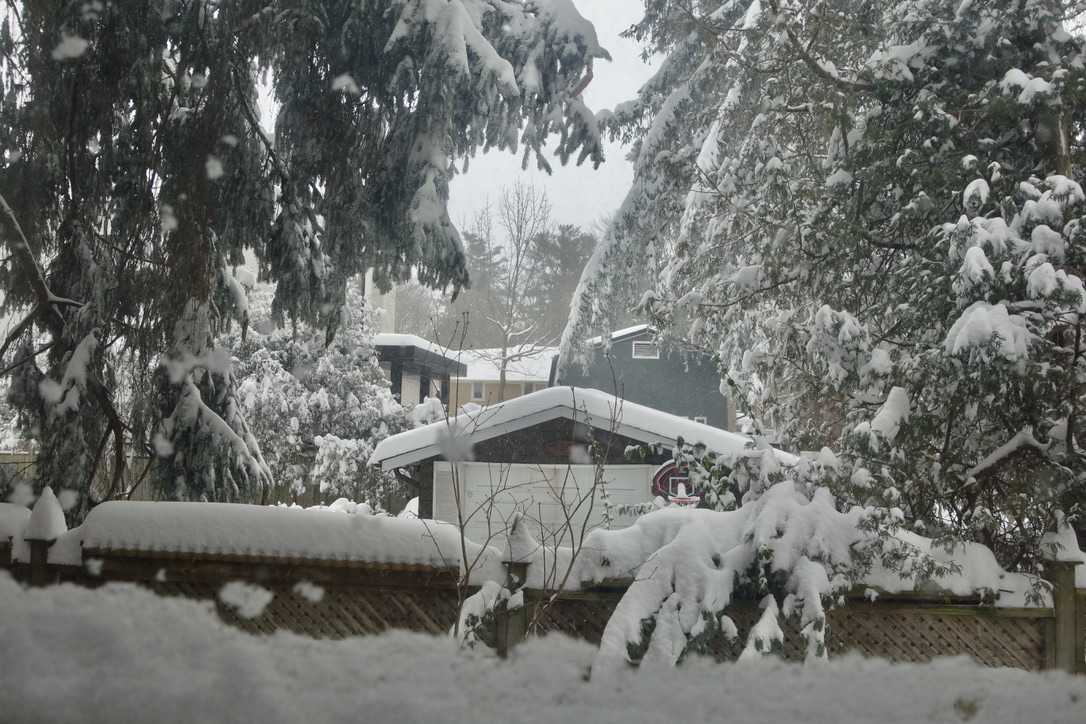





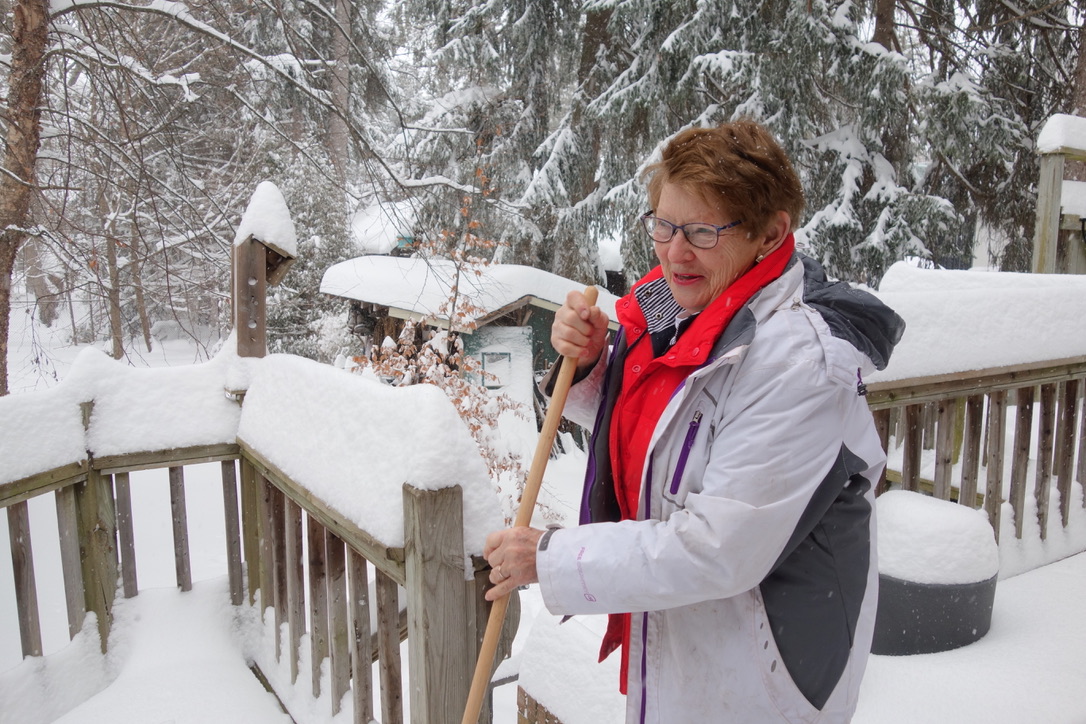

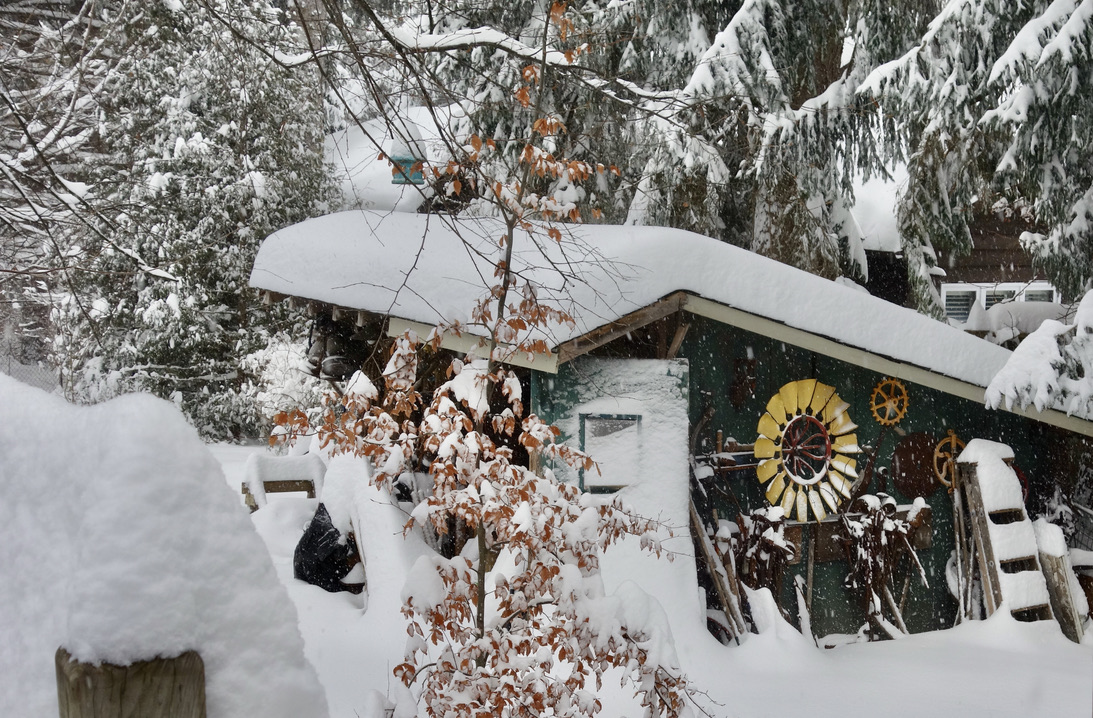
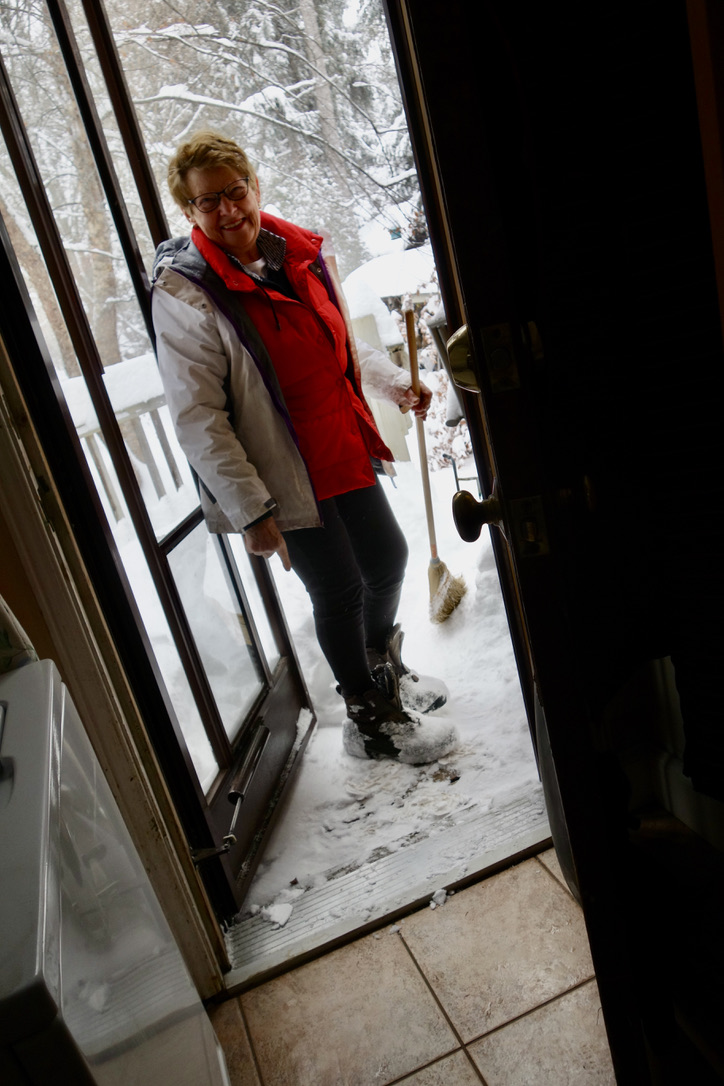
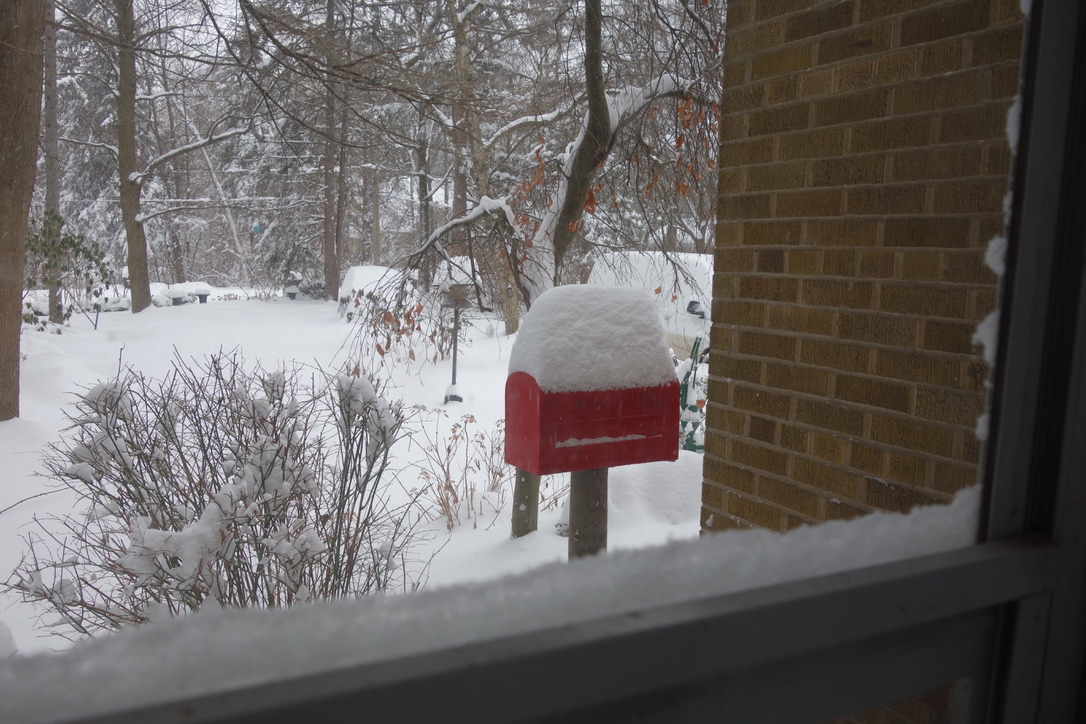
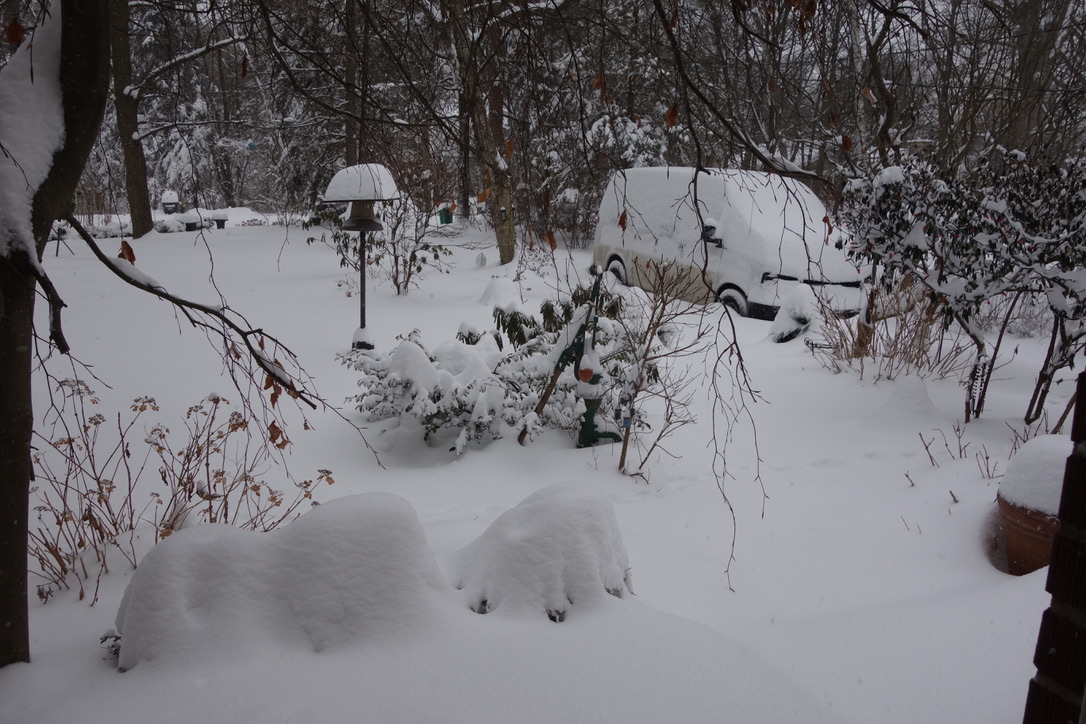




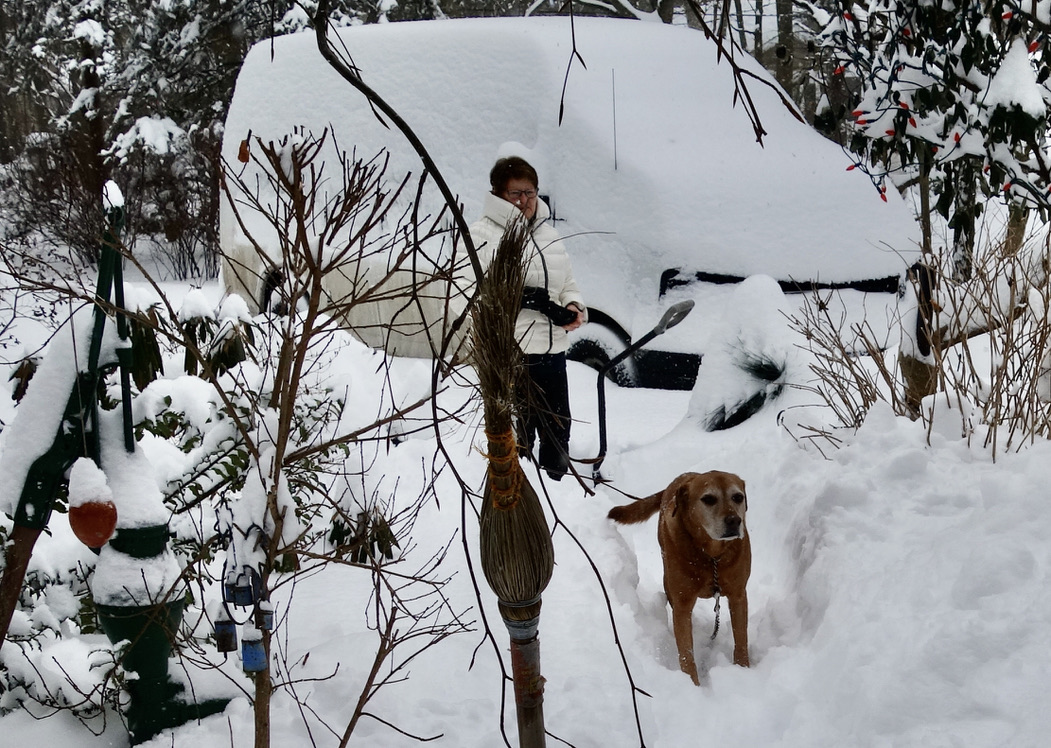
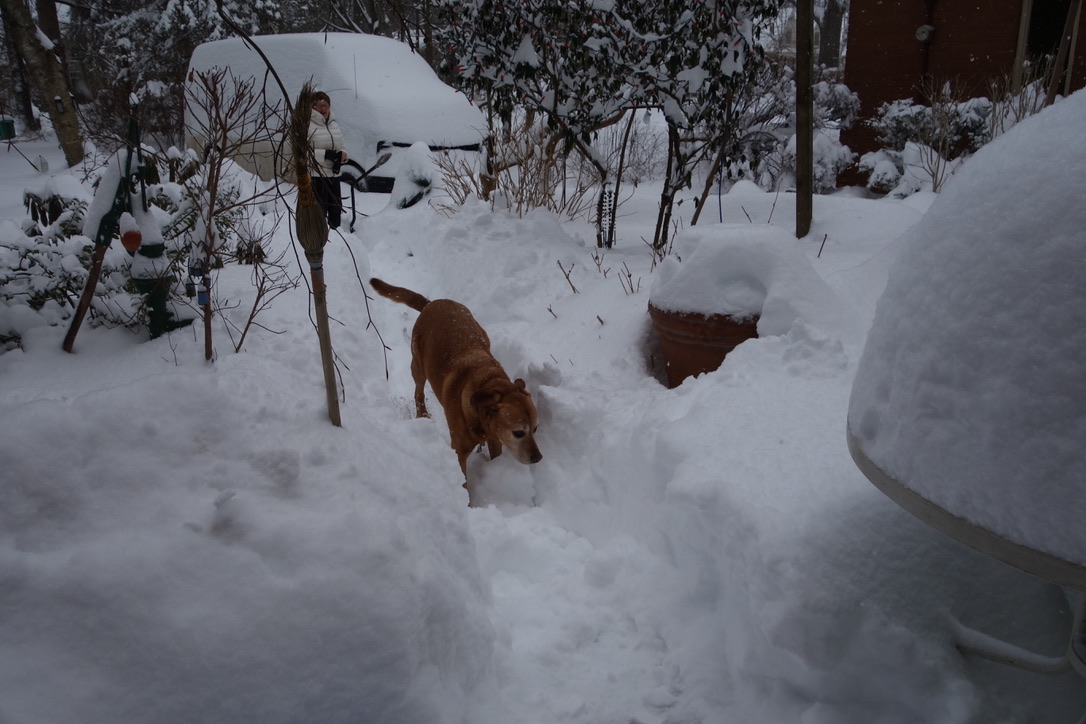
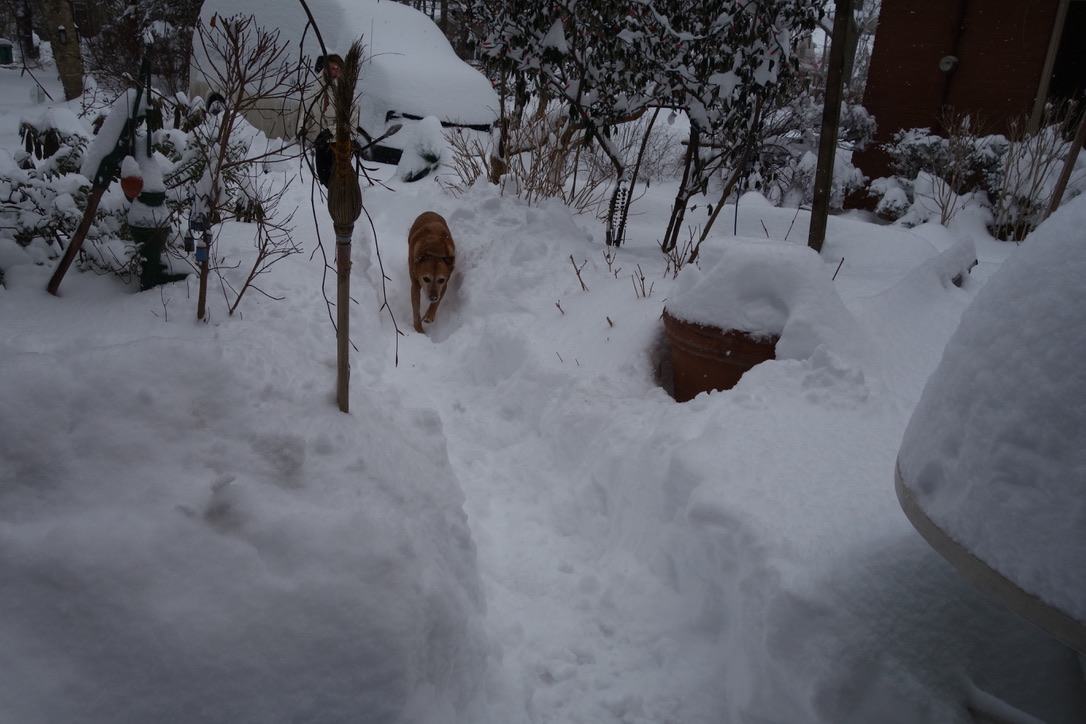
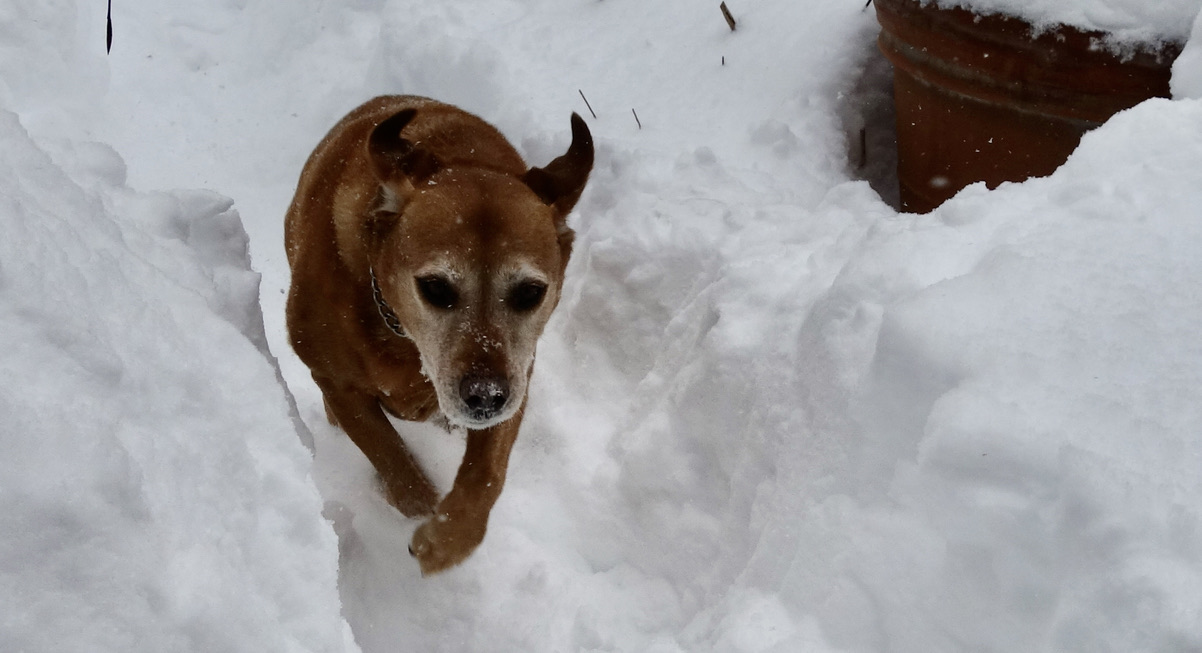

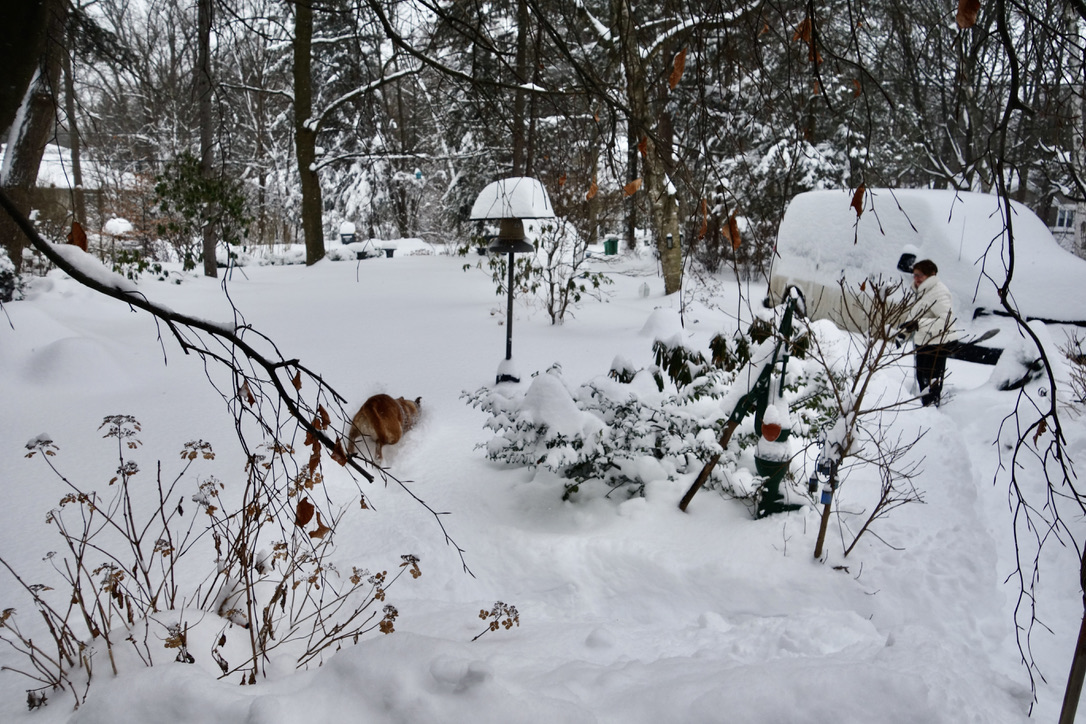





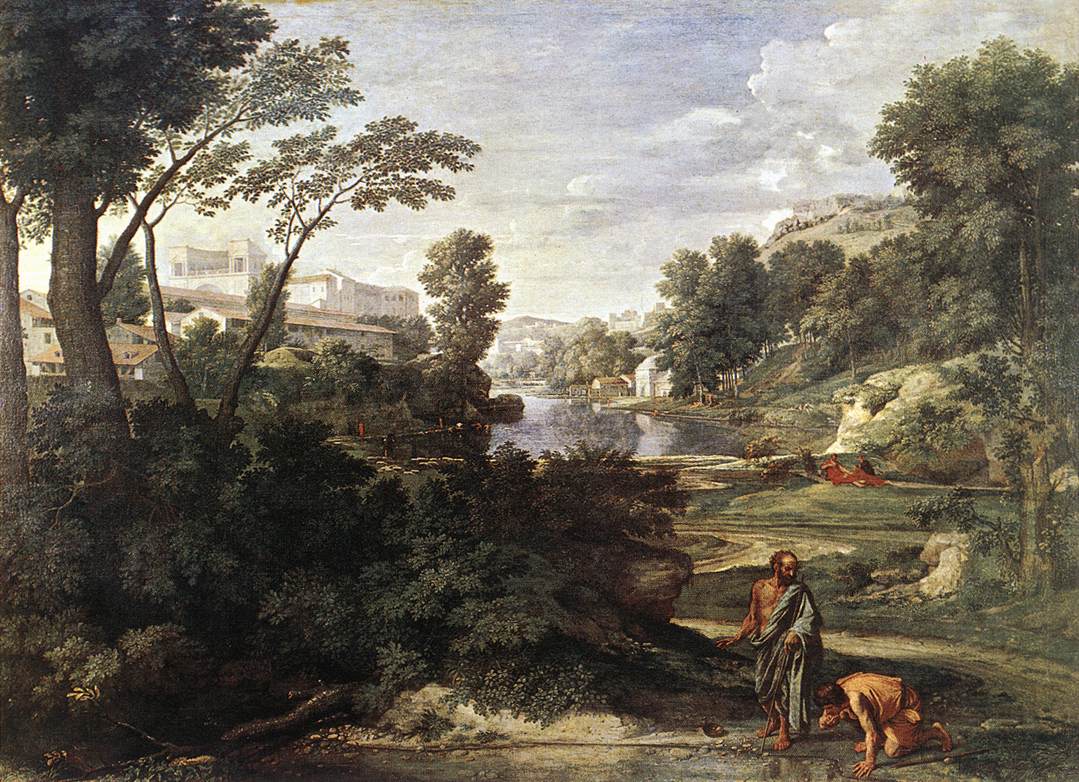

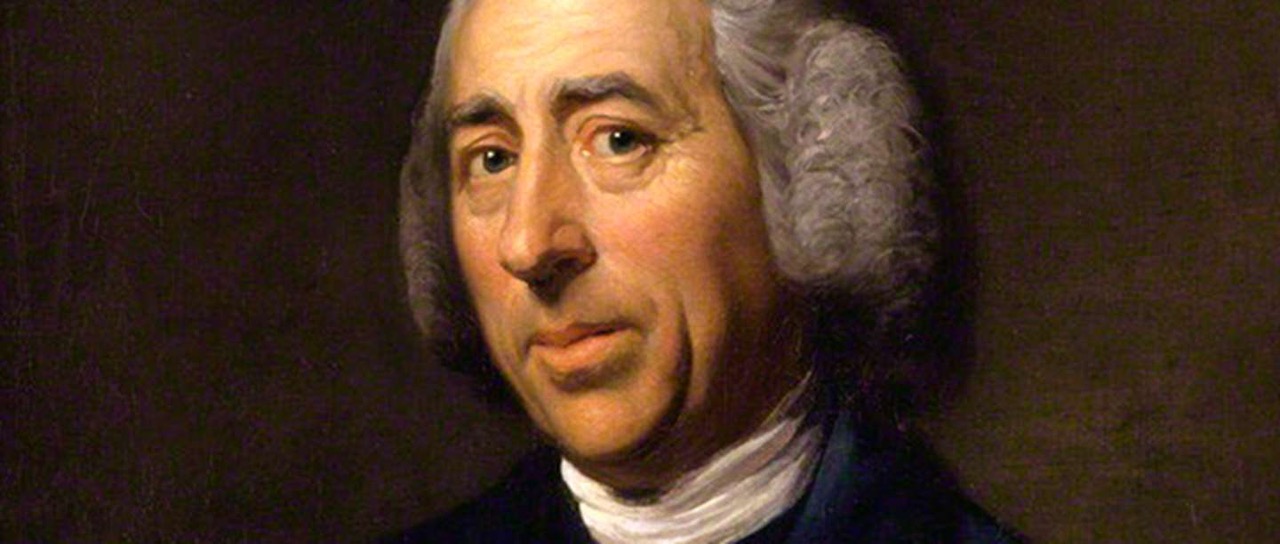
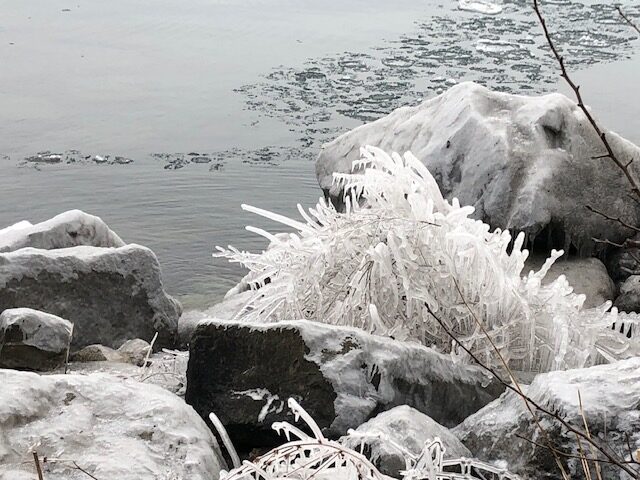






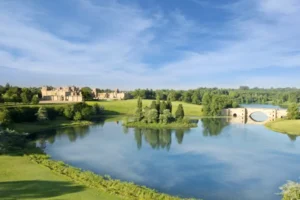

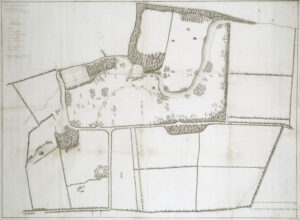
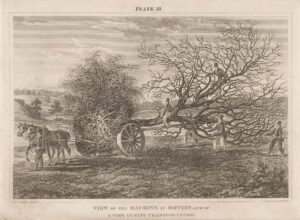

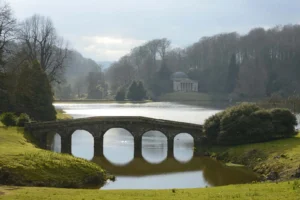

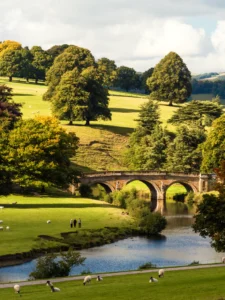

 Figure 1 Appearance of the term gardening in British texts during the 18th Century
Figure 1 Appearance of the term gardening in British texts during the 18th Century


